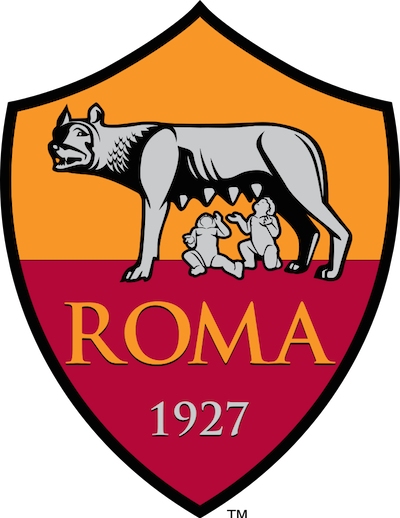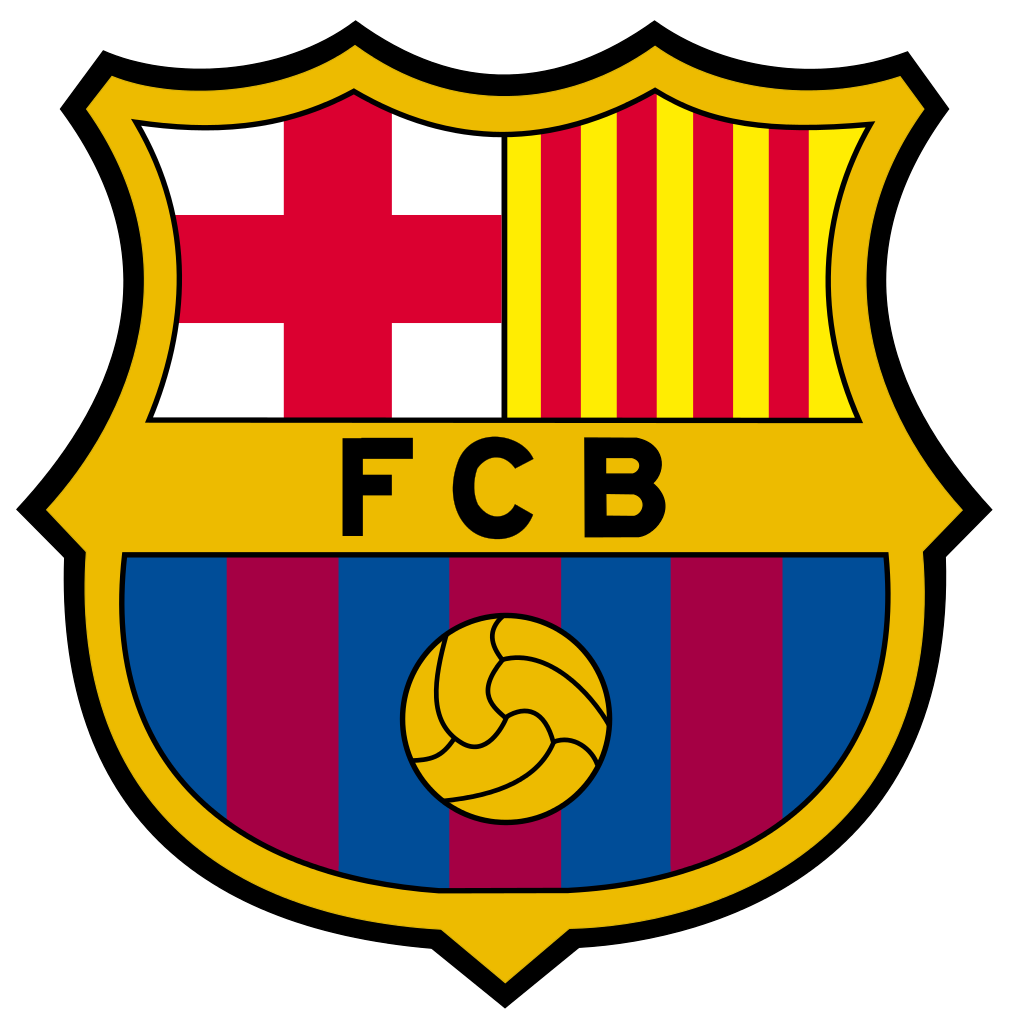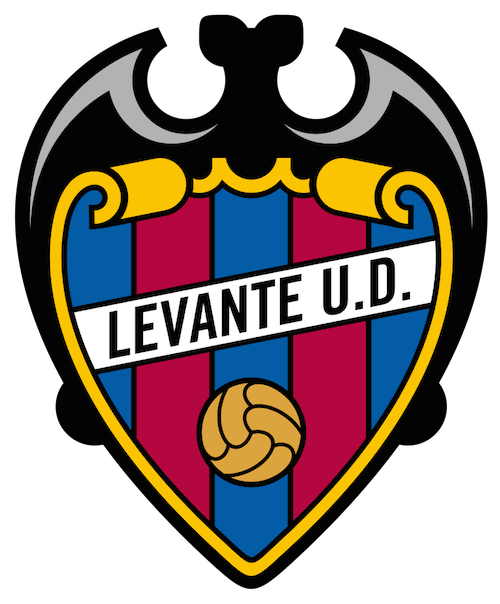analysis | 2015-09-21
Match Report: Barcelona 4:1 Levante - The trial of the three points
Top of La Liga after a victory against a tenacious Levante side
Between the Champions League match against Roma and a tough away clash versus Celta de Vigo next Wednesday, the home game against Levante seemed like an opportunity to make rotations in a squad that was going to lack manpower until January, now they’ll struggle even more with Rafinha’s injury.
The predictions were confirmed after knowing the starting XI: Jordi Alba, Iniesta and Luis Suárez were left on the bench, Bartra joined Mascherano as center backs and there was only one doubt remaining: how Luis Enrique would assemble his attacking line with Messi, Neymar, Sandro and Munir. The Asturian coach chose a theoretical 4-2-1-3 formation with Rakitic playing closer to Busquets, Messi as the playmaker behind the strikers and an attacking triad with Neymar on the left flank, Sandro by the middle and Munir on the right wing. But Levante’s entrenched defense caused Barcelona to attack in the opposite field in a 2-4-4 formation where Messi could move anywhere in front of the area, Busquets and Rakitic took several steps forward and the fullbacks advanced up the wings as well, but without giving amplitude to the attack which bottlenecked because of Neymar’s and Munir’s tendency to drive the ball to the inside.
Regarding Levante, Lucas Alcaraz’s ranks formed in a 5-3-2 scheme which sought to deny the internal spaces and stretch the defensive system in order to protect themselves against Messi’s alley-oops, but their defensive lines were so close to their own goalie that any attempt to counterattack was a journey through the desert with a sliver of hope. Besides, Roger and Ghilas played at the same height which made it easier to defend for Bartra and Mascherano. They could have imposed a greater threat if one of them would have taken advantage of the space behind Busquets’ and Rakitic’s backs when Barça pushed on Levante’s area.
In the 27th minute, Ghilas’ first chance encouraged Levante to press a bit more on ter Stegen though somewhat timidly. The German replied with a precise long pass that left Munir one-on-one against Rubén, thus returning the Valencians to their previous defensive method. Ter Stegen’s passing ability is a powerful deterrent weapon against teams trying to press Barcelona’s build-up plays.
The first half ended with an absolute dominance by the culés but without clear scoring chances. It was strange to not capitalize on the Messi-Alves partnership in the right band like they did in the second half of last season, even more when the Brazilian’s performance plummets if he has to play as a fullback instead of a false midfielder. Another issue the team undergoes when Messi centers his position is that Neymar does this as well, looking to connect with short passes with the Argentinian. Although his talent sometimes allows him to pass the ball successfully through several rivals, the difficulty of such actions makes them much less dangerous than when they play apart from each other, forcing the opposite defensive lines to stretch.
Luckily for Barcelona, in the first 15 minutes of the second half they scored three goals that settled the match. The first one was by Bartra, who joined the attack, controlled a Messi cross with his chest in the box and finished it like the best strikers. The second one was by Neymar, who placed the ball between two defenders after a deflection, in the only time that Alves crossed the ball from the goal line instead of doing it from the front of the area. And the third one was a penalty kick by Messi: he shot it powerfully to his right side.
With everything lost, Levante decided to move forward their lines which finally generated the spaces the culés had been looking for before. This enabled us to witness a bit of everything in the last half hour: Gumbau was subbed in to give Busquets some rest, a faulty exit by ter Stegen caused Casadesús’ goal after a short corner kick by Levante, a second penalty kick for Messi who again blasted it to his right side but this time sent it over the crossbar, and the fourth goal for Barcelona by Messi himself with his trademark play: progressing with the ball from right to left, sweeping the attacking front until finding the spot to beat the goalkeeper.
At the end, it was a match that fulfilled the primary objectives (to win the three points and to provide rest to some key players in the squad) and that reinstated Bartra to the cause with an outstanding performance, but left some doubts at the same time: ter Stegen troubles, Messi’s penalty issues, the obvious Sandro’s and Munir’s lack of confidence (with what that implies to be a youngster) and what should be the main concern: the team resembles more the squad from the beginnings of last season than the one who won every title within grasp. Let’s see if the experiments continue in Vigo or if Luis Enrique chooses to recover the treble recipe.
Anything wrong? Send your correction.

Article translated from Spanish to English, originally published at the Perarnau Magazine by Xavier Codina.







